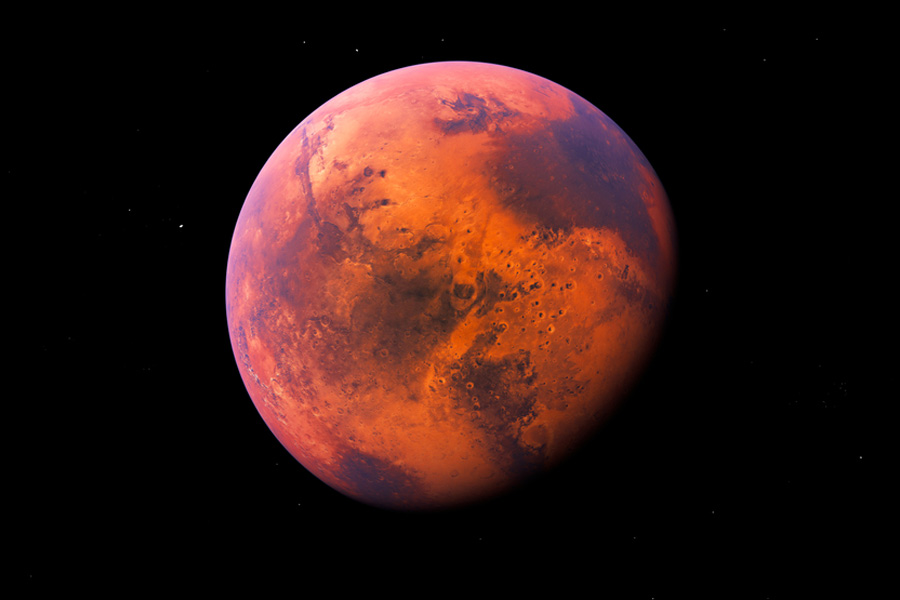Changes in air pressures pulling gases up from underground could be responsible for releasing subsurface methane into Mars's atmosphere, new research has found.
A primary focus of the Mars missions of the US space agency NASA - including 'Curiosity' and 'Perseverance' - is to detect and understand past or present signs of life, such as methane.
However, researchers at Los Alamos National Laboratory, New Mexico, US, said that with the source of methane on Mars likely being underground, short-term variations in atmospheric methane levels have posed a research challenge.
They said their work is helping inform the Curiosity rover's ongoing sampling campaign.
"Understanding Mars' methane variations has been highlighted by NASA's Curiosity team as the next key step towards figuring out where it comes from," said John Ortiz, a graduate student at Los Alamos National Laboratory who led the study published in the Journal of Geophysical Research: Planets.
"There are several challenges associated with meeting that goal, and a big one is knowing what time of a given sol (Martian day) is best for Curiosity to perform an atmospheric sampling experiment," said Ortiz.
To better understand Mars' methane levels, Ortiz and his team used computational models to simulate how methane travelled through networks of underground fractures and is released into the atmosphere, where it then mixes within the air column.
They also modelled how methane is adsorbed onto the pores of rocks, a temperature-dependent process that they said may contribute to the methane level fluctuations.
The researchers' simulations predicted methane pulses from the ground surface into the atmosphere just before the Martian sunrise in the planet's northern summer season, which just recently ended.
They said their findings corroborates previous rover data suggesting that methane levels fluctuated not only seasonally, but also daily.
"Our work suggests several key time windows for Curiosity to collect data. We think these offer the best chance of constraining the timing of methane fluctuations, and (hopefully) down the line bringing us closer to understanding where it comes from on Mars," said Ortiz.
Except for the headline, this story has not been edited by The Telegraph Online staff and has been published from a syndicated feed.











